Trusted by enterprises across the globe
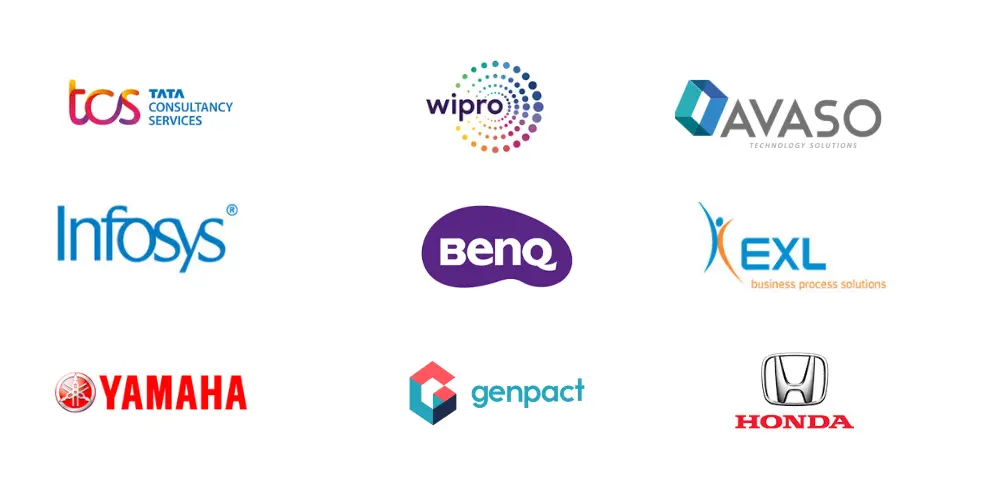

Designed for all your training needs

Flexible On-Demand Group Learning
Flexible, corporate learning for groups, accessible anytime, anywhere.

Instructor-Led Live, Online Training
Real-time, interactive classes taught by SME via web conferencing.

Independent Self-Paced Learning
Individual learning at your own speed, with access to digital materials.

Customized On-Site Training
Customized, face-to-face training sessions delivered at your location.
Curriculum Designed by Experts
The N8N (Customer Datastore) Corporate Training program helps professionals master N8N’s automation and data orchestration capabilities. Participants learn to connect APIs, manage customer data efficiently, and build automated workflows that reduce manual tasks. This course covers setup, integrations, and use cases for optimizing business operations, ensuring teams are ready to deploy smart automation solutions in real-world corporate scenarios.
The Databricks Certified Data Engineer Professional Training is an advanced program designed to prepare professionals for building and managing large-scale data solutions on Databricks. It focuses on data pipelines, Delta Lake, Spark, and ML workflows with hands-on projects. The training equips learners with in-demand skills, real-world problem-solving capabilities, and comprehensive exam preparation to successfully achieve the Databricks Certified Data Engineer Professional credential.
- Explain how Delta Lake uses the transaction log and cloud object storage to guarantee atomicity and durability
- Describe how Delta Lake’s Optimistic Concurrency Control provides isolation, and which transactions might conflict
- Describe basic functionality of Delta clone.
- Apply common Delta Lake indexing optimizations including partitioning, zorder, bloom filters, and file sizes
- Implement Delta tables optimized for Databricks SQL service
- Contrast different strategies for partitioning data (e.g. identify proper partitioning columns to use)
- Describe and distinguish partition hints: coalesce, repartition, repartition by range, and rebalance
- Articulate how to write Pyspark dataframes to disk while manually controlling the size of individual part-files.
- Articulate multiple strategies for updating 1+ records in a spark table
- Implement common design patterns unlocked by Structured Streaming and Delta Lake.
- Explore and tune state information using stream-static joins and Delta Lake
- Implement stream-static joins
- Implement necessary logic for deduplication using Spark Structured Streaming
- Enable CDF on Delta Lake tables and re-design data processing steps to process CDC output instead of incremental feed from normal Structured Streaming read
- Leverage CDF to easily propagate deletes
- Demonstrate how proper partitioning of data allows for simple archiving or deletion of data
- Articulate, how “smalls” (tiny files, scanning overhead, over partitioning, etc) induce performance problems into Spark queries
- Describe the objective of data transformations during promotion from bronze to silver
- Discuss how Change Data Feed (CDF) addresses past difficulties propagating updates and deletes within Lakehouse architecture
- Design a multiplex bronze table to avoid common pitfalls when trying to productionalize streaming workloads.
- Implement best practices when streaming data from multiplex bronze tables.
- Apply incremental processing, quality enforcement, and deduplication to process data from bronze to silver
- Make informed decisions about how to enforce data quality based on strengths and limitations of various approaches in Delta Lake
- Implement tables avoiding issues caused by lack of foreign key constraints
- Add constraints to Delta Lake tables to prevent bad data from being written
- Implement lookup tables and describe the trade-offs for normalized data models
- Diagram architectures and operations necessary to implement various Slowly Changing Dimension tables using Delta Lake with streaming and batch workloads.
- Implement SCD Type0, 1, and 2 tables
- Create Dynamic views to perform data masking
- Use dynamic views to control access to rows and columns
- Describe the elements in the Spark UI to aid in performance analysis, application debugging, and tuning of Spark applications
- Inspect event timelines and metrics for stages and jobs performed on a cluster
- Draw conclusions from information presented in the Spark UI, Ganglia UI, and the Cluster UI to assess performance problems and debug failing applications.
- Design systems that control for cost and latency SLAs for production streaming jobs
- Deploy and monitor streaming and batch jobs
- Adapt a notebook dependency pattern to use Python file dependencies
- Adapt Python code maintained as Wheels to direct imports using relative paths
- Repair and rerun failed jobs
- Create Jobs based on common use cases and patterns
- Create a multi-task job with multiple dependencies
- Configure the Databricks CLI and execute basic commands to interact with the workspace and clusters
- Execute commands from the CLI to deploy and monitor Databricks jobs
- Use REST API to clone a job, trigger a run, and export the run output
Free Career Counselling
We are happy to help you 24/7Multisoft Corporate Training Features
Outcome centric learning solutions to meet changing skill-demand of your organizationWide variety of trainings to suit business skill demands
360° learning solution with lifetime access to e-learning materials
Choose topics, schedule and even a subject matter expert
Skilled professionals with relevant industry experience
Customized trainings to understand specific project requirements
Check performance progress and identify areas for development
Free Databricks Certified Data Engineer Professional Corporate Training Assessment
Right from the beginning of learning journey to the end and beyond, we offer continuous assessment feature to evaluate progress and performance of the workforce.
Try it Now

Databricks Certified Data Engineer Professional Corporate Training Certification
Related Courses
A Role Based Approach To Digital Skilling
A roadmap for readying key roles in your organization for business in the digital age.
 Download Whitepaper
Download Whitepaper



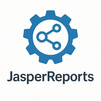

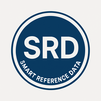
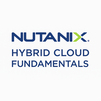



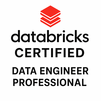




 Join our Live Instructor-Led online classes delivered by industry experts
Join our Live Instructor-Led online classes delivered by industry experts